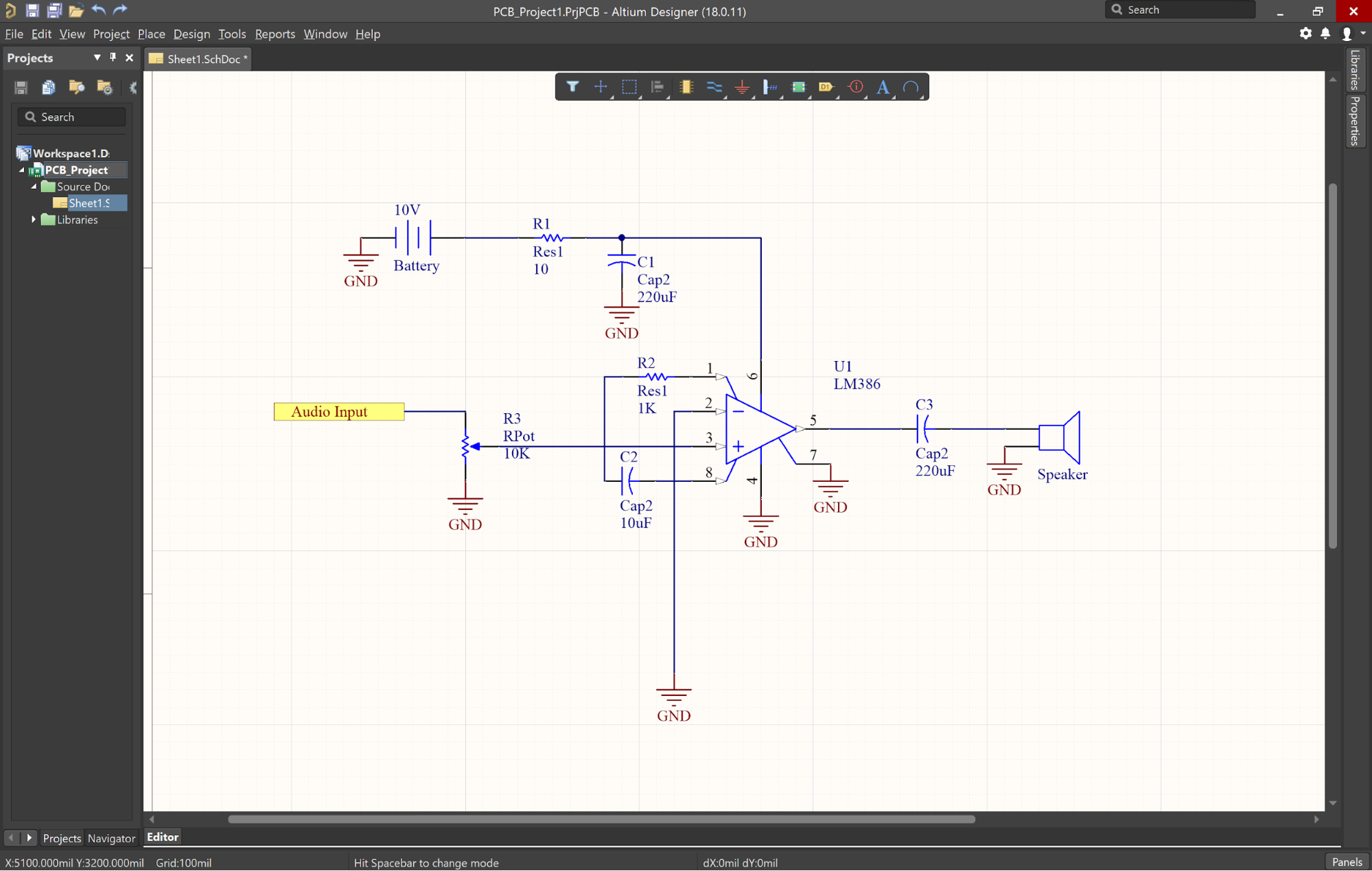
The problem is that this technology is often an extra cost item, and after the initial purchase price of the PCB CAD tools the design teams are hesitant to spend more money. More and more we are seeing library management systems that can tie into part vendors directly through a cloud connection for component data and information. Will they have simulation data that is usable? Will the symbol recognize and be synchronized to the footprint? Although this does allow you to amass a lot of different data, it can also end up causing you problems when you use those parts in the tools. Library parts should be able to be updated easily and swapped out for different parts if needed, but they should not be “expected” to be bad in the first place.Īnd what about the structure of the library data itself? Some systems combine data from various sources to build library parts but maintain those different structures in the final library elements.

I once worked with a design group that told me that they would spin the board a handful of times in order to “iron out” all of the library part problems. Have you ever had a great idea for a design only to find out that you can’t make it work the way you expected it too because the library component you were depending on was built incorrectly? Or, have you ever completed the most intricate PCB layout only to find out that you need to rip up hours or even days’ worth of work because of a bad footprint? I think that most us have all been there. Bad Library Parts Will Cause You a Lot of Pain This will considerably reduce the amount of lost time and money due to bad parts in addition to reducing the stress on your design staff and improving department morale. In the same way that a compact car isn’t going to be able to pull a heavy trailer, using an outdated library management system isn’t going to be able to handle the heavy work-load either.įortunately, there are design systems available that will expertly manage your libraries and eliminate the bottlenecks. These processes are often based on tools that are not up-to-date with current design methodologies and technologies and are therefore limited in what they can do.

Outdated schematic library management processes cause a large bottleneck for the design group.


 0 kommentar(er)
0 kommentar(er)
